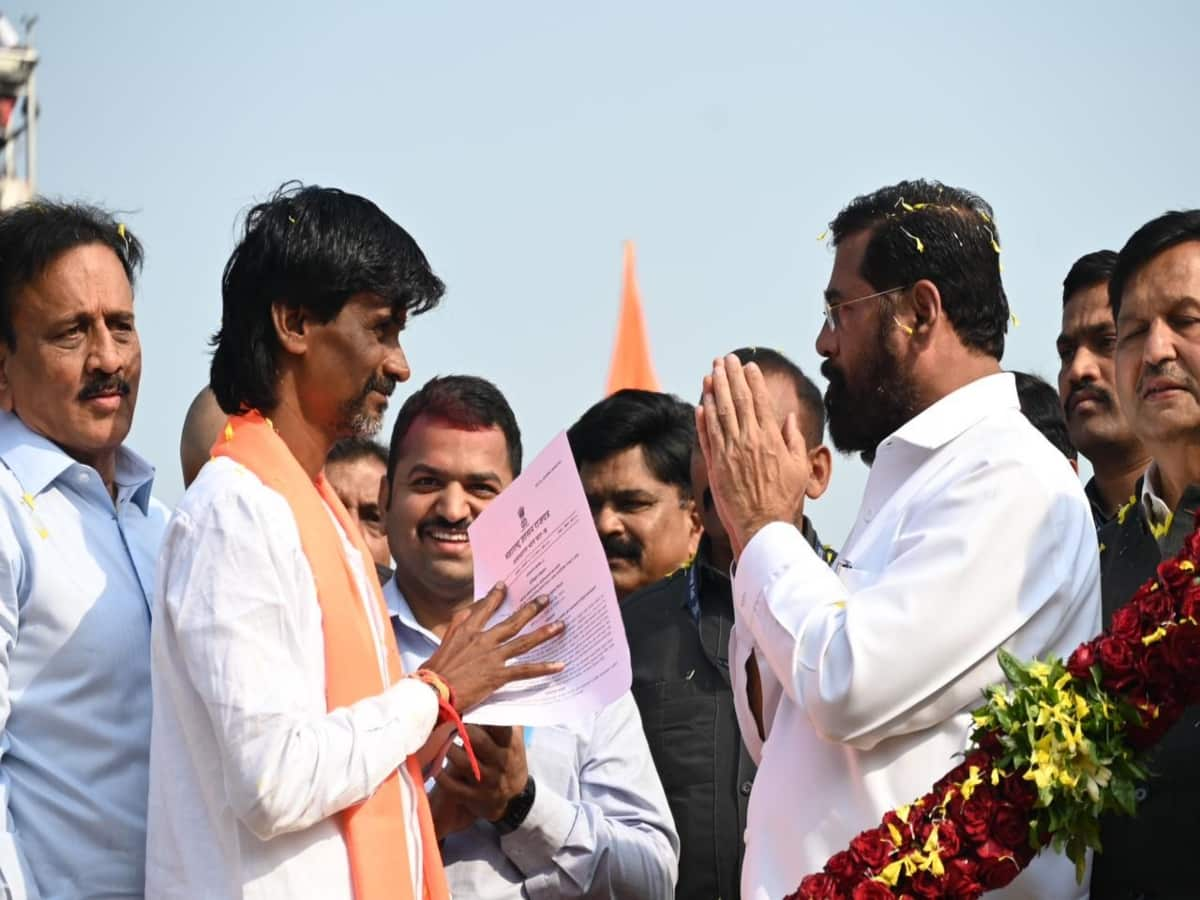The Maratha Reservation movement has been one of the most significant socio-political movements in Maharashtra’s recent history. Emerging from a desire for equitable representation and access to opportunities, the demand for Maratha reservation has brought to the forefront complex issues of caste, equality, and constitutional rights in India. The movement, spanning several decades, has witnessed massive agitations, legislative actions, and legal battles. This blog post delves deep into the history of the Maratha Reservation movement, examining its roots, the obstacles it has faced, and the current scenario, while also critically analyzing its future implications.
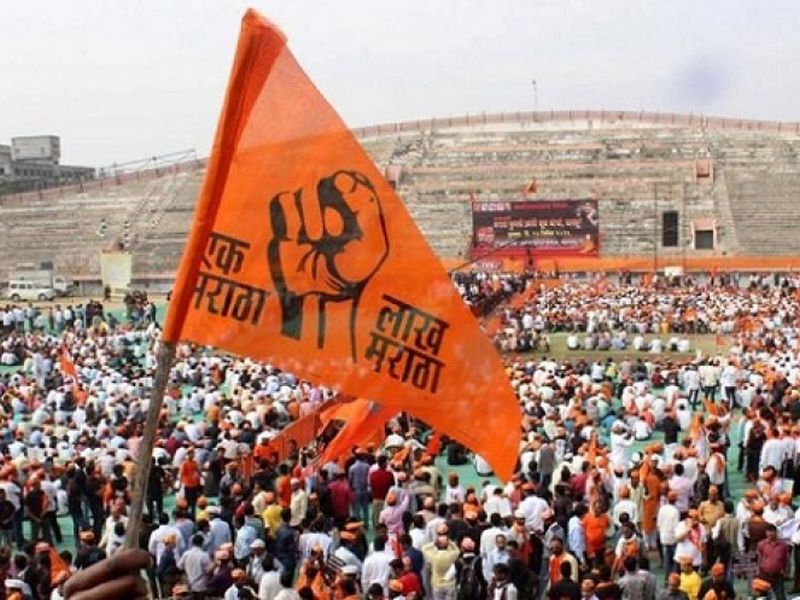
In This Post
ToggleHistorical Background of the Maratha Reservation Movement
Early Demands for Reservation
The origins of the Maratha Reservation movement can be traced back to the late 20th century when the Maratha community began voicing concerns about their socio-economic status. Despite being a dominant caste in Maharashtra, the Marathas perceived themselves as being underrepresented in educational institutions and government jobs. This perception, combined with the benefits that reservation offered to other backward classes (OBCs), led to the initial demand for inclusion in the OBC category.
In the early stages, the movement was largely localized and lacked the widespread support it would later garner. However, as the economic disparities within the community became more pronounced, the demand for reservation started gaining momentum. The Maratha Seva Sangh and other community organizations began to actively lobby for reservation, highlighting the socio-economic challenges faced by many Marathas, particularly those in rural areas.

Formation of Maratha Organizations
The formation of various Maratha organizations in the 1990s and early 2000s was a crucial step in the evolution of the reservation movement. These organizations, such as the Maratha Mahasangh and the Maratha Kranti Morcha, played a pivotal role in mobilizing the community and articulating their demands to the state government.
The early 2000s saw a series of protests and agitations led by these organizations, demanding the inclusion of Marathas in the OBC category. While these efforts did bring the issue into the political mainstream, they were met with resistance from other communities who feared that Maratha reservation would reduce their own opportunities.
The Movement Gathers Momentum (2000s - 2016)
Major Agitations and Protests
The 2000s marked a turning point in the Maratha Reservation movement, with the community organizing large-scale protests across Maharashtra. One of the most significant agitations took place in 2011, where thousands of Marathas took to the streets demanding reservation. The protests were largely peaceful but demonstrated the community’s resolve to secure reservation.During this period, the movement began to receive significant media attention, further amplifying its impact.
Social media also played a crucial role in organizing protests and disseminating information, making it easier for the movement to reach a wider audience.
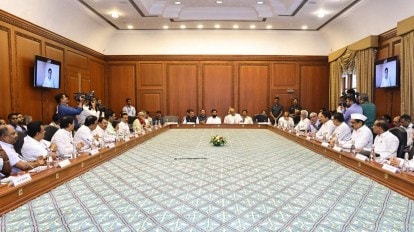
Government's Initial Response
In response to the growing pressure from the Maratha community, the Maharashtra government set up various commissions and committees to study the demand for reservation. The most notable among these was the Narayan Rane Committee, which recommended that Marathas be included in the OBC category. However, the implementation of these recommendations was fraught with challenges, including opposition from existing OBC groups and legal hurdles.
Despite the government’s attempts to address the issue through committees and reports, the lack of concrete action led to further frustration within the Maratha community. Political leaders from the community began to leverage the reservation issue to gain electoral support, further politicizing the movement.
Legal Hurdles
One of the major obstacles in granting Maratha reservation has been the existing constitutional provisions and court rulings. The Indian Constitution, through Articles 15 and 16, provides for affirmative action in favor of socially and educationally backward classes. However, the Supreme Court of India, in the landmark Indra Sawhney case (1992), imposed a 50% cap on the total reservations that could be granted by the state.Given that reservations in Maharashtra already stood at 52% (with 13% for Scheduled Castes, 7% for Scheduled Tribes, and 32% for OBCs), granting an additional reservation for Marathas posed a significant challenge.
The legal and constitutional constraints made it difficult for the state government to accede to the demands of the Maratha community without inviting judicial scrutiny.
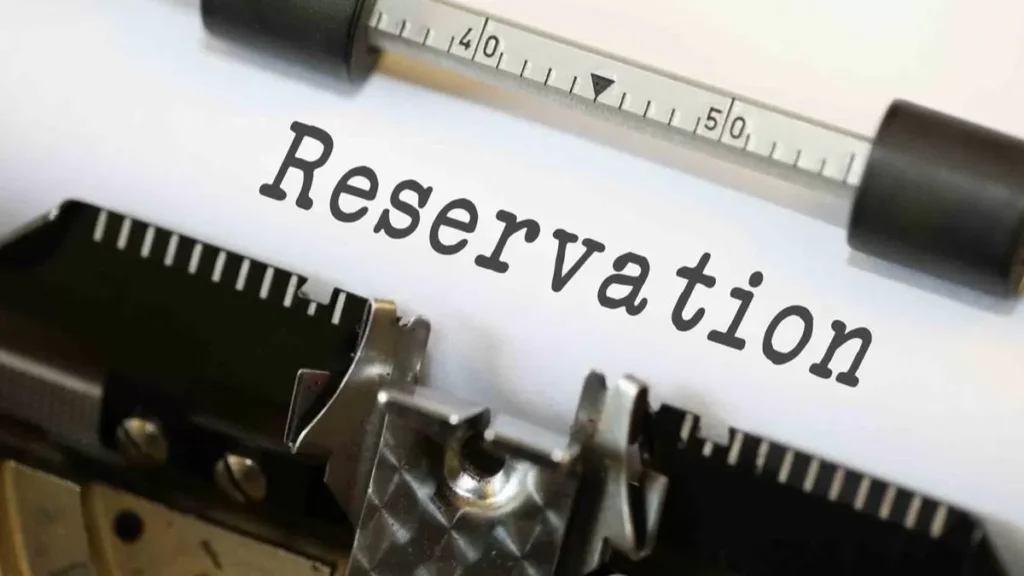
The Turning Point: 2016 - 2018
The Silent Maratha Morchas
The Maratha Reservation movement reached its zenith between 2016 and 2018 with the unprecedented “Silent Maratha Morchas” (Mook Morchas). These were a series of peaceful protests organized across Maharashtra, where millions of Marathas participated without any speeches, slogans, or disruptions.
The morchas were a powerful demonstration of unity and discipline, showcasing the community’s determination to achieve their goal.The silent morchas were organized in almost every district of Maharashtra, culminating in a massive rally in Mumbai in August 2017. The scale of these protests caught the attention of both the state and central governments, compelling them to take the issue more seriously.
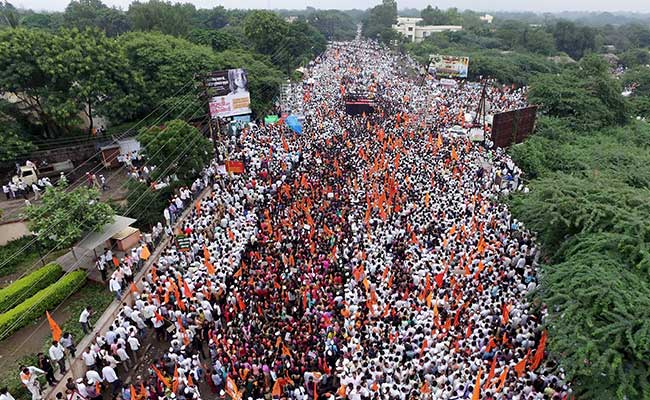
Government's Response: Maharashtra Reservation Act, 2018
In response to the growing pressure from the Maratha community, the Maharashtra government passed the Maharashtra State Reservation (of seats for admission in educational institutions in the state and for appointments in public services and posts under the state) for Socially and Educationally Backward Classes (SEBC) Act, 2018. The Act provided a 16% reservation for Marathas under the SEBC category.This move was hailed as a significant victory for the Maratha community, but it also sparked controversy.
The total reservation in Maharashtra now exceeded the 50% cap set by the Supreme Court, setting the stage for legal challenges.
Reactions and Controversy
The introduction of the Maharashtra Reservation Act, 2018, was met with mixed reactions. While the Maratha community celebrated the decision, other OBC groups expressed concerns about the dilution of their own reservation benefits. Legal experts and activists also questioned the constitutionality of the Act, predicting that it would face challenges in the courts.
Despite these concerns, the government defended the Act, arguing that the Marathas were indeed a socially and educationally backward class that deserved reservation. The stage was now set for a legal battle that would determine the future of the Maratha reservation.
Legal Challenges and Supreme Court Verdict (2018 - 2021)
Petitions in the Bombay High Court
As expected, the Maharashtra Reservation Act, 2018, was challenged in the Bombay High Court. Petitioners argued that the Act violated the 50% cap on reservations set by the Supreme Court and that the Marathas did not meet the criteria for being classified as a backward class.
In June 2019, the Bombay High Court upheld the constitutional validity of the Maratha reservation but recommended reducing the reservation from 16% to 12-13% in educational institutions and government jobs. The court’s decision was seen as a partial victory for the Maratha community but also indicated that the issue was far from settled.
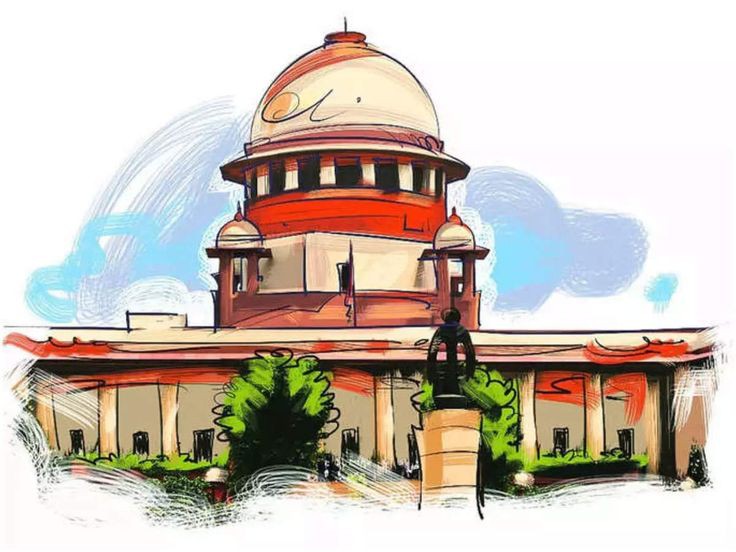
Supreme Court Involvement
The matter eventually reached the Supreme Court, where the constitutionality of the Maratha reservation was thoroughly examined. In May 2021, a five-judge bench of the Supreme Court struck down the reservation, ruling that the Marathas could not be considered a socially and educationally backward class to warrant such reservation.
The court also reaffirmed the 50% cap on reservations, stating that it could only be breached in extraordinary circumstances, which were not present in the case of the Marathas. The ruling was a significant setback for the Maratha community and reignited protests across Maharashtra.
Impact of the SC Verdict
The Supreme Court’s verdict had immediate and far-reaching consequences. Thousands of Maratha students and job aspirants who had been beneficiaries of the SEBC reservation found themselves in a state of uncertainty. The ruling also posed a challenge to the Maharashtra government, which had to navigate the delicate balance between respecting the court’s decision and addressing the demands of the Maratha community.
Politically, the verdict led to a renewed debate on the issue of reservation in India, with some leaders calling for constitutional amendments to allow for greater flexibility in granting reservations.
Present Scenario (2021 - 2024)
Continued Protests and Political Maneuvering
Despite the Supreme Court’s ruling, the Maratha community has continued to agitate for reservation. Protests have been organized across Maharashtra, with community leaders demanding that the state government find a solution to the reservation issue.The Maharashtra government, under pressure from the Maratha community, has explored various options, including filing a review petition in the Supreme Court and seeking a constitutional amendment to allow for Maratha reservation. However, these efforts have yet to yield concrete results, and the issue remains a contentious one.
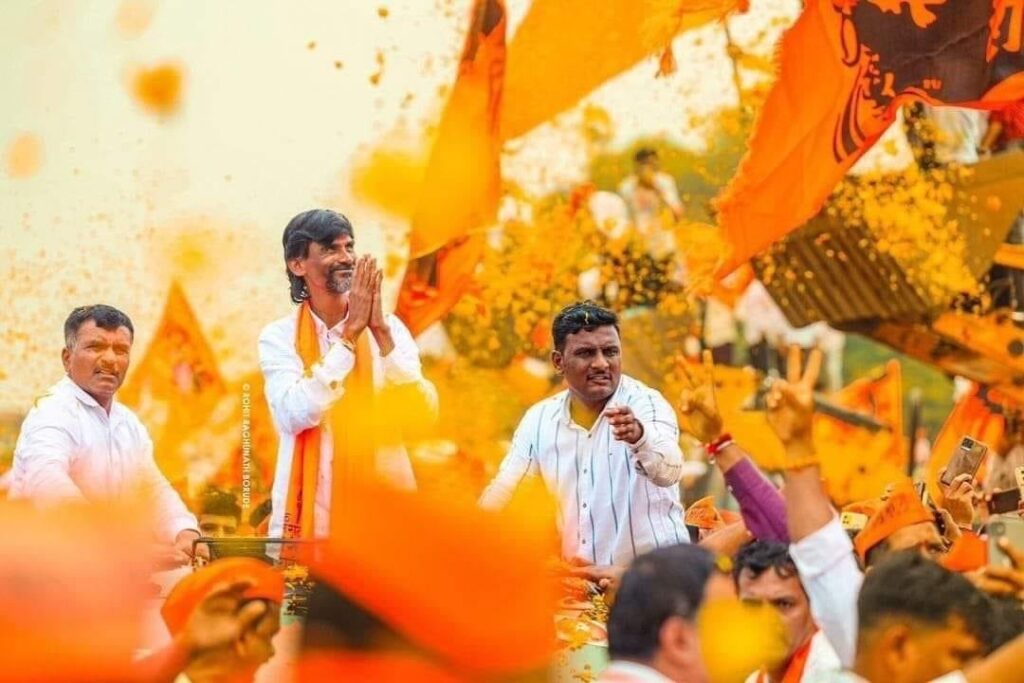
Efforts to Bypass Legal Hurdles
In an attempt to bypass the legal hurdles posed by the Supreme Court’s verdict, the Maharashtra government has considered alternative approaches to provide relief to the Maratha community. One such approach is the inclusion of Marathas in the Economically Weaker Section (EWS) category, which would provide them with a 10% reservation without breaching the 50% cap.
However, this proposal has been met with skepticism from within the Maratha community, as the EWS reservation is based on economic criteria rather than social and educational backwardness. Many Marathas argue that their demand for reservation is not merely about economic deprivation but also about historical injustice and social discrimination.
The central government has also been involved in discussions with the Maharashtra government to explore potential solutions. However, any attempt to grant reservation to the Marathas is likely to face legal challenges and opposition from other communities, making it a complex issue to resolve.
Obstacles in Granting Maratha Reservation
Constitutional Provisions and the 50% Cap on Reservations
The most significant obstacle in granting Maratha reservation is the 50% cap on reservations imposed by the Supreme Court in the Indra Sawhney case (1992). This ruling has become a landmark precedent, ensuring that no state can exceed this limit unless in exceptional circumstances.
When the Maharashtra government introduced the SEBC Act in 2018, the total reservations in the state reached 68%, far exceeding the 50% cap. This raised immediate legal questions about the constitutionality of the Maratha reservation, ultimately leading to its invalidation by the Supreme Court in 2021.
While there have been discussions about amending the Constitution to allow for greater flexibility in reservation policies, such a move would require a two-thirds majority in both houses of Parliament and ratification by at least half of the state legislatures. Given the political complexities involved, achieving this appears challenging.
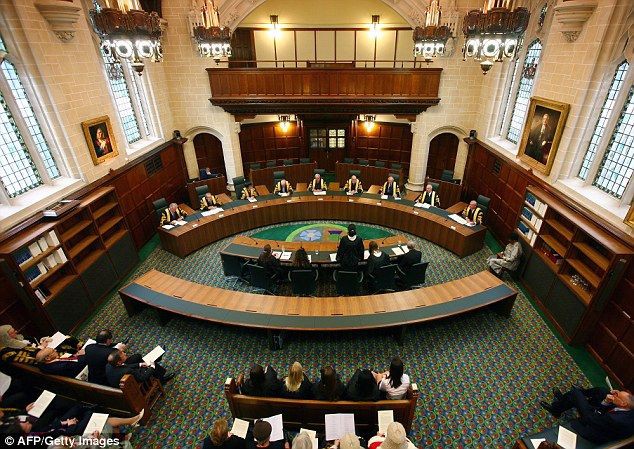
Social Backwardness and Legal Definitions
Another major obstacle has been proving the Maratha community’s social and educational backwardness in the legal context. The Supreme Court has clearly defined the criteria for identifying backward classes, which include parameters like social, educational, and economic disadvantages.
The Maratha community, despite facing economic challenges, has historically been a land-owning and politically influential group. This has made it difficult for the community to be classified as “backward” under existing legal frameworks. The Bombay High Court, while upholding the SEBC Act, had acknowledged that Marathas faced certain social challenges but did not fully meet the criteria for extreme backwardness required to breach the 50% cap.
Opposition from Other Communities
The demand for Maratha reservation has been met with resistance from other communities, particularly those already classified under the OBC category. These communities fear that including Marathas in the OBC category would dilute their share of reservation benefits, leading to increased competition for limited seats in educational institutions and government jobs.This intra-community rivalry has further complicated the issue, as political parties are often reluctant to take a clear stance on the matter, fearing backlash from one side or the other.
The balancing act required to address the concerns of both the Maratha community and existing OBC groups has made it difficult for any government to take decisive action on this issue.
Judicial Scrutiny and Legal Challenges
The judiciary has played a critical role in the Maratha Reservation movement, with courts repeatedly scrutinizing the legal and constitutional validity of reservation policies. The Supreme Court’s 2021 ruling that struck down the SEBC Act highlights the judiciary’s strict interpretation of reservation laws and the 50% cap.Any future attempts to grant Maratha reservation are likely to face similar legal challenges, making it crucial for policymakers to carefully navigate the constitutional and legal framework. The ongoing legal scrutiny has created a sense of uncertainty, both for the Maratha community and the state government, as they attempt to find a sustainable solution.
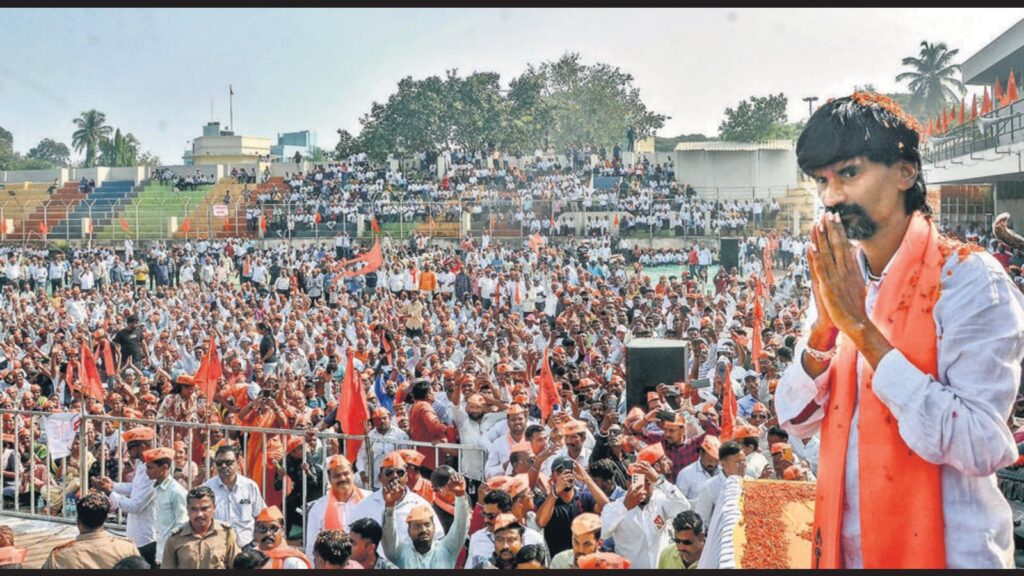
The Future of Maratha Reservation: A Critical Analysis
Possible Constitutional Amendments
One potential pathway for the Maratha community to achieve reservation is through a constitutional amendment. Such an amendment could either increase the 50% cap or create a special provision for Marathas under the Indian Constitution.
While this solution has been proposed by some political leaders, it is fraught with challenges. Constitutional amendments require broad political consensus, which is difficult to achieve given the diverse views on reservation in India.
Moreover, any amendment that allows for an increase in reservations could set a precedent, leading to demands from other communities for similar benefits.
Inclusion in the Economically Weaker Section (EWS) Category
Another possible solution is the inclusion of Marathas in the EWS category. The EWS reservation provides a 10% quota based on economic criteria, which is separate from the existing reservation framework and does not breach the 50% cap.
While this option has been considered by the Maharashtra government, it is not without its drawbacks. Many in the Maratha community view the EWS reservation as inadequate, arguing that it does not address the historical social and educational disadvantages faced by the community. Moreover, the EWS reservation is based solely on income, which may not fully capture the complexities of the Maratha community’s situation.
Potential Consequences of Continued Agitation
If the issue of Maratha reservation remains unresolved, it could lead to continued social unrest and political instability in Maharashtra. The Maratha community has demonstrated its ability to mobilize large-scale protests, and the ongoing dissatisfaction could result in further agitations.
Continued agitation could also have broader political implications, affecting electoral outcomes in Maharashtra and influencing the state’s political landscape. Political parties may be forced to take a more definitive stance on the issue, potentially leading to shifts in alliances and power dynamics.
Impact on Social Harmony
The Maratha Reservation movement has the potential to strain social harmony in Maharashtra. The issue has already created tensions between the Maratha community and other OBC groups, and a prolonged struggle for reservation could exacerbate these divisions.
It is essential for the state government to address the concerns of all communities involved and find a solution that ensures social justice while maintaining social harmony. Failure to do so could result in deepening caste-based divisions and long-term social consequences.
Conclusion
The Maratha Reservation movement is a complex and multifaceted issue that touches on critical aspects of Indian society, including caste, social justice, and constitutional rights. While the demand for Maratha reservation has a long history and is rooted in genuine concerns about socio-economic inequality, it faces significant legal, constitutional, and social obstacles.
The future of the Maratha Reservation movement is uncertain, and finding a sustainable solution will require careful navigation of the legal framework, political consensus, and social dynamics. Whether through constitutional amendments, inclusion in the EWS category, or other innovative solutions, it is crucial for policymakers to address the concerns of the Maratha community while ensuring that the principles of equality and social justice are upheld.
As the movement continues to evolve, it will be important to monitor the ongoing legal battles, political developments, and social consequences to understand the broader implications of the Maratha Reservation movement for Maharashtra and India as a whole.
FAQ's
The Maratha Reservation movement is a socio-political campaign led by the Maratha community in Maharashtra, demanding reservation in education and government jobs. The movement seeks to address the socio-economic inequalities faced by the Maratha community, which makes up a significant portion of the state’s population.
The Supreme Court struck down the Maratha Reservation in 2021 because it violated the 50% cap on reservations imposed by the Indra Sawhney judgment (1992). The Court ruled that there were no extraordinary circumstances to justify exceeding this limit, making the reservation unconstitutional.
The 50% cap on reservations is a legal limit set by the Supreme Court, which states that the total reservation in a state cannot exceed 50% of the available seats. The Maratha Reservation, when added to existing quotas, pushed the total reservation in Maharashtra to 68%, leading to legal challenges and its eventual invalidation.
One possible alternative is the inclusion of Marathas under the Economically Weaker Section (EWS) category, which provides a 10% quota based on economic criteria. However, this option is viewed as inadequate by many within the community, who argue that it doesn’t fully address their social and educational disadvantages.
The future of the Maratha Reservation movement is uncertain, but it may involve continued legal challenges, potential constitutional amendments, or political negotiations. The movement’s success will depend on navigating the complex legal and social landscape, as well as addressing the concerns of other communities affected by reservation policies.

